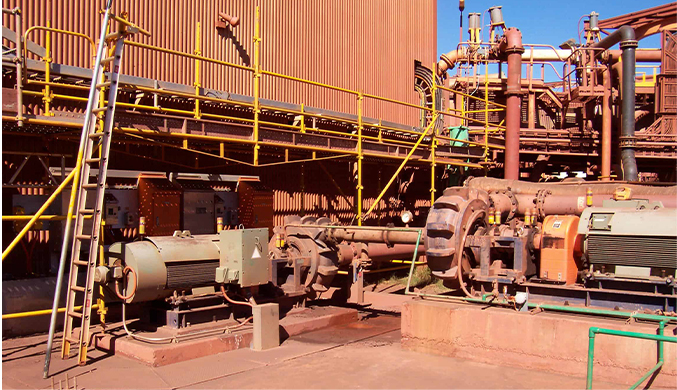Yiddish
- Afrikaans
- Albanian
- Amharic
- Arabic
- Armenian
- Azerbaijani
- Basque
- Belarusian
- Bengali
- Bosnian
- Bulgarian
- Catalan
- Cebuano
- Corsican
- Croatian
- Czech
- Danish
- Dutch
- English
- Esperanto
- Estonian
- Finnish
- French
- Frisian
- Galician
- Georgian
- German
- Greek
- Gujarati
- Haitian Creole
- hausa
- hawaiian
- Hebrew
- Hindi
- Miao
- Hungarian
- Icelandic
- igbo
- Indonesian
- irish
- Italian
- Japanese
- Javanese
- Kannada
- kazakh
- Khmer
- Rwandese
- Korean
- Kurdish
- Kyrgyz
- Lao
- Latin
- Latvian
- Lithuanian
- Luxembourgish
- Macedonian
- Malgashi
- Malay
- Malayalam
- Maltese
- Maori
- Marathi
- Mongolian
- Myanmar
- Nepali
- Norwegian
- Norwegian
- Occitan
- Pashto
- Persian
- Polish
- Portuguese
- Punjabi
- Romanian
- Russian
- Samoan
- Scottish Gaelic
- Serbian
- Sesotho
- Shona
- Sindhi
- Sinhala
- Slovak
- Slovenian
- Somali
- Spanish
- Sundanese
- Swahili
- Swedish
- Tagalog
- Tajik
- Tamil
- Tatar
- Telugu
- Thai
- Turkish
- Turkmen
- Ukrainian
- Urdu
- Uighur
- Uzbek
- Vietnamese
- Welsh
- Bantu
- Yiddish
- Yoruba
- Zulu
Telephone: +86 13120555503
Email: frank@cypump.com
Nov . 23, 2024 08:20 Back to list
diaphragm slurry pump
Understanding Diaphragm Slurry Pumps Features, Applications, and Benefits
Diaphragm slurry pumps have gained prominence in various industrial applications due to their versatility and efficiency in handling thick and abrasive materials. Primarily used for transporting slurries, which are mixtures of solids and liquids, these pumps are designed to cope with the challenges posed by demanding environments.
What is a Diaphragm Slurry Pump?
A diaphragm slurry pump operates using a flexible diaphragm that creates a vacuum to draw in slurry, pushing it through the discharge pipe. This mechanism is typically powered by compressed air or an electric motor, which moves the diaphragm back and forth, allowing a continuous flow of material. The unique design of these pumps enables them to handle a wide array of slurries, including those with high solid content and varying viscosities.
Key Features of Diaphragm Slurry Pumps
1. Self-Priming Capability Diaphragm pumps can self-prime, which means they can operate without the need for a separate priming system. This feature is crucial when dealing with slurries that may contain air pockets or when transferring material from low-level sumps.
2. Dry Run Capability Many diaphragm pumps are designed to handle dry running conditions. This means they can operate without liquid for short periods without sustaining damage, offering added flexibility in operations.
3. Variable Flow Rate The flow rate of diaphragm slurry pumps can be adjusted easily, making it easier to match the pump's performance to varied operational requirements.
4. Durable Construction These pumps are typically constructed with materials that resist wear and corrosion. Components such as diaphragms, valves, and casings may be made from advanced polymers or metals designed to withstand harsh environments and abrasive materials.
5. Ease of Maintenance Diaphragm pumps are relatively easy to assemble and disassemble, which allows for straightforward maintenance and repair. This accessibility minimizes downtime, ensuring that operations remain efficient.
Applications of Diaphragm Slurry Pumps
Diaphragm slurry pumps find applications across various industries, including
diaphragm slurry pump

- Mining and Mineral Processing They are extensively used for transporting slurry from the extraction process to processing plants, handling materials such as ore, coal, and tailings.
- Construction In construction sites, these pumps are used for transferring concrete slurry, cement mixtures, and other heavy materials, ensuring timely and efficient operations.
- Wastewater Treatment They play a vital role in moving sludge and other types of waste mixtures through treatment facilities, ensuring a smooth operation of the water treatment process.
- Food and Beverage Certain diaphragm pumps are designed in compliance with food safety standards, allowing for the transfer of viscous materials such as pastes and slurries in food processing applications.
Benefits of Using Diaphragm Slurry Pumps
Utilizing diaphragm slurry pumps provides numerous benefits for industrial operations
1. Efficiency With their ability to handle tough materials and maintain a continuous flow, diaphragm slurry pumps streamline processes and improve productivity.
2. Cost-Effectiveness Their durability and reduced maintenance needs lead to lower operational costs over time as fewer repairs and replacements are necessary.
3. Flexibility The versatility of these pumps makes them suitable for various applications, allowing businesses to use a single type of pump for multiple tasks.
4. Safety The design of diaphragm pumps reduces the risk of leaks, spills, and environmental contamination, which is crucial in protecting both the workforce and surrounding areas.
Conclusion
In summary, diaphragm slurry pumps are essential tools in numerous industries, recognized for their innovative design and capacity to perform in challenging environments. By understanding their features, applications, and benefits, businesses can make informed decisions when selecting equipment for handling slurries. As industries continue to evolve, diaphragm slurry pumps will undoubtedly remain at the forefront of fluid transport technology.
-
Custom Drilling Mud and Slurry Pump Supplier - High Efficiency, Tailored Solutions
NewsJun.10,2025
-
Supply Vertical Submersible Sewage Pump High-Efficiency WQ/QW Pumps Supplier
NewsJun.10,2025
-
Premium Sewage Ejection System & Pumps Efficient Waste Removal
NewsJun.09,2025
-
Premium Wholesale Slurry Pump Impellers Durable & Efficient Slurry Handling
NewsJun.09,2025
-
Top Sewage Pump Companies Durable Industrial Solutions for Efficiency
NewsJun.09,2025
-
Heavy Duty Slurry Pumps - OEM High Performance & Bulk Wholesale
NewsJun.09,2025










